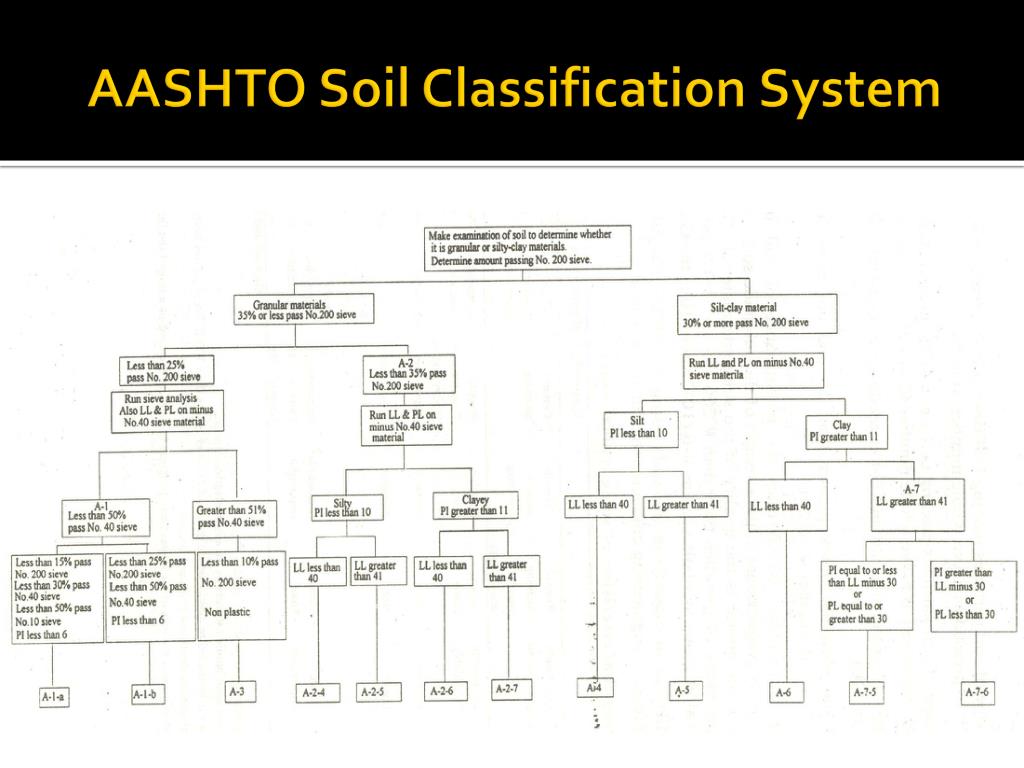
The soils investigation begins by identifying particle size and composition, density, and moisture characteristics that influence fundamental engineering properties like strength, permeability, and consolidation. This sampling, classification, and testing program provide answers for geotechnical engineers to determine the soils' suitability for the proposed use. The first steps of design for nearly all engineered construction projects require exploratory sampling, testing, and analysis of soil and rock materials. Why is Soil Important to Civil Engineers? Their systems for classification of soils permit a universal design "language" for foundation and pavement designs.

Geotechnical engineers are most interested in how soils will respond to physical forces imposed by structures, roads, and bridges, or artificial earthworks like dams and levees. The focus for each field is slightly different, and all have evolved in different directions. The disciplines of agriculture, soil science, geology, and civil or geotechnical engineering all have interests in evaluating soil properties. GI = (60 – 35) + 0.Classification of Soils in Civil Engineering Note: If L.L is less then plastic limit then mark the soil as non-plastic in other words if plasticity index comes out to be negative the soil is non-plastic Īs more then 35 % particles passes sieve # 200 thus the soil comes out to be A-4 to A-7 having silty clayey particles,Īs LL is 44 it doesn’t satisfy 40 max criteria thus our soil can be A-5 or A-7Īs our P.I is 26 which satisfies 11 min criteria thus our soil is A-7Īs A7 is further subdivided into A-7-5 and A-7-6 groupsĪs our P.L is 18 which is less than 30% thus our soil is A-7-6 Solution of the Example of Soil Classification According to AASHTO Required Classify the Soil according to AASHTO Classification System The results of Sieve analysis are as follows Soil is represented as A-4(5) where A-4 is soil type and Group Index is 5Īn inorganic Soil sample was tested in the laboratory for classification and the following results were obtained. Group index is expressed as rounded whole numberįor soils A-2-6 and A-2-7 following Group Index formula should be used If Group Index for your soil comes out to be negative take it as zero PI is plasticity Index where PI = LL – PLĪnd LL is liquid limit and PL is plastic limit Higher the G.I weaker will be the soil, a soil having G.I of 20 is considered as poorest soil overall.įollowing is the formula for Calculating G.I To check the quality of the soil, a term group index is defined. A-8 includes Peat, muck, and other highly organic soils.Ī-1 soil is best to use as sub-grade then a-2 and so on. bearing capacity and serviceability characteristics are grouped together and classified into eight groups from A1 to A8Ī-1, A-2 and A-3 soils are coarse-grained soils While A-4, A-5, A-6 and A-7 represent the fine grained soils. Soils which have same general load carrying capacity i.e. This system of classification is based upon the observed field performance of soils under highway pavements (flexible and rigid) and is widely used around the world for highway and airfield construction.

Introduction to AASHTO Classification System: (a) Liquid limit and Plastic limit tests – Atterberg limit results Test Required for Classification of Soil according to AASHTOĪs we will be trying to classify the soil in the laboratory thus we will use results of some tests to classify the soil In this post we will be classifying the soil according to AASHTO Soil classification system, USCS will be discussed in some other post in detail.



 0 kommentar(er)
0 kommentar(er)
